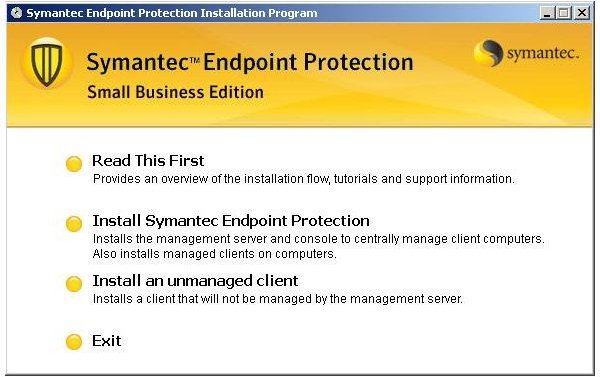


Invoke-Command -Session $session -ScriptBlock īy adding in a semicolon we can of course add a second line to our ScriptBlock and make the process a little more automated. The challenge i had was that on several clients it seemed Symantec had a different IdentifyingNumber (IN), which is the GUID used by Windows to identify the product.Īs there were only 7 client machines i did a lot more of this manually than perhaps i needed to.įirstly i found the right IdentifyingNumbe r from each PC. I already had the machines on the network configured for PowerShell Remoting, so connecting to them was not a challenge.

There are various ways of course to execute a command on a remote machine, you can use PSTools’, PSExec for example, but i prefer to use PowerShell where i can. I did a lot of searching around for a reliable solution, most of which came back to using MSIEXEC from a command line. Extended Policy Control Features In addition to core protection technologies, Symantec Endpoint Protection also provides granular policy controls on the AWS platform, including: 1) Application Control: Allows you to control file and registry access and how processes are allowed to run. It was a small SEPM deployment, only 7 clients and a server but i was surprised to be reminded that SEPM has no ‘uninstall’ tool from their console. the Symantec Endpoint Protection management console. Finally moving my last client from Symantec SEPM to Trend Micros WFBS Hosted platform.


 0 kommentar(er)
0 kommentar(er)
